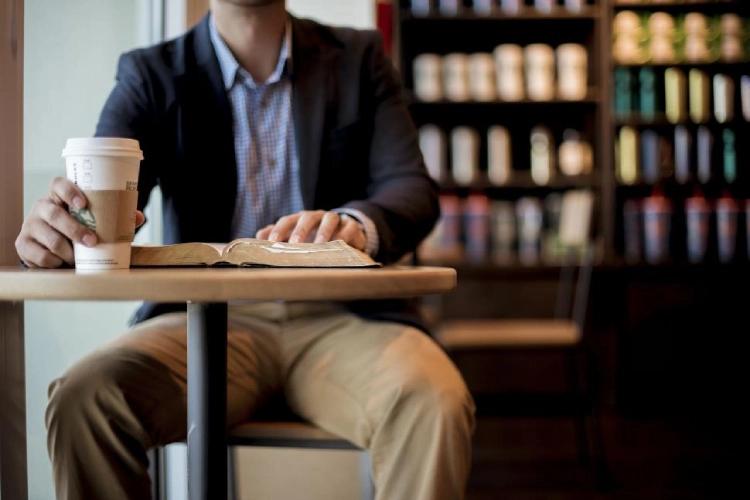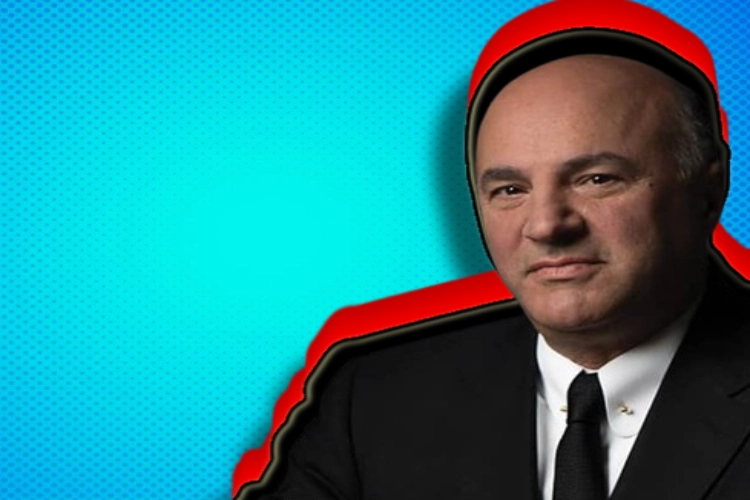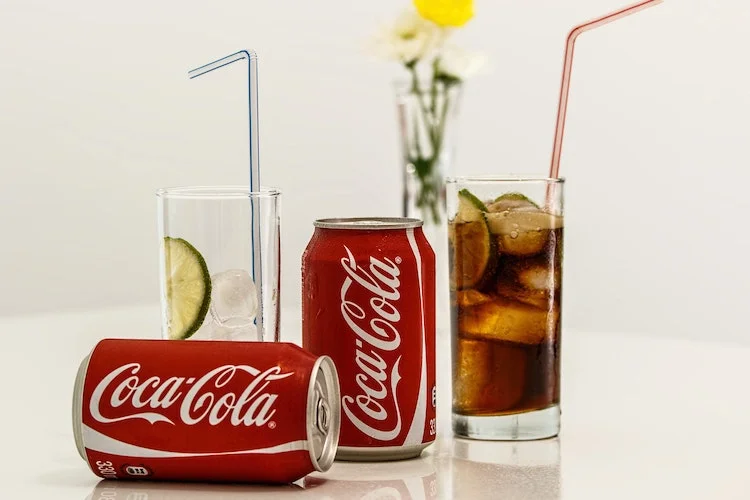When you think of coffee, chances are Starbucks comes to mind. With over 32,000 locations worldwide, it’s no surprise that Starbucks has become a household name. What started as a coffee bean shop in Seattle nearly 50 years ago has become an $80 billion empire, with its signature cups and espresso drinks enjoyed by millions around the world. In fact, a staggering 57 percent of the total cafe market belongs to Starbucks. In the U.S. alone, nearly two-thirds of all coffee sold at cafes is from Starbucks.
However, with great success comes great challenges. Despite its impressive growth, Starbucks has had to deal with a problem of over-saturation. With more than 15,000 locations in the U.S., individual stores have seen a decline in transactions. To address this, Starbucks has raised prices, but it’s a delicate balance between profitability and driving customers away.
So how did this coffee giant come to be in this situation?
From One Seattle Bean Shop…
It’s 1970, and three college friends have decided to embark on a journey into the coffee business. Zev Siegl, Jerry Baldwin, and Gordon Bowker found a mentor in Alfred Peet, the founder of Peet’s Coffee, who was known for bringing custom coffee roasting to the US. Peet provided the young entrepreneurs with roasted coffee beans and connected them with coffee brokers until they could set up their own roastery and source their own beans. With Peet’s help, the trio opened Starbucks in 1971, a coffee bean shop and roastery located in Seattle’s famous Pike Place Market.
However, Starbucks wasn’t always the coffee behemoth we know today. In fact, for the first decade, they only opened five more locations in Seattle. It wasn’t until after 1980 that Starbucks started offering actual coffee drinks. This is because 70s coffee culture didn’t exist outside the home, and there was no demand for espresso-based drinks. You could purchase coffee beans at Starbucks, and either take them home as beans or have them ground for you in-store, but no one expected to get a beverage at a Starbucks coffee store.
The changed coffee culture forever
Have you ever wondered how Starbucks went from a small, Seattle-based company to a global empire? It all started with one man: Howard Schultz. Starbucks initially focused on providing high-quality beans to consumers, but it wasn’t until Schultz joined the company as Director of Marketing and Sales that things really took off.
After a trip to Italy in 1983, Schultz had an idea: transform the coffee bean stores into cafes. The first Starbucks latte was served the next year, and it was a hit. Four years later, Schultz partnered with investors to buy Starbucks for $3.8 million. He was only 34 at the time.
Schultz’s strategy was one of aggressive expansion, and by 1996, Starbucks had opened over a thousand locations, including its first international cafes in Japan and Singapore. But then came the 2007 financial crash, and Starbucks hit a wall. Its rapid growth screeched to a halt, and its stock price plummeted by 50 percent. Starbucks then brought back Howard Schultz, who returned as CEO to lead the company through the crisis. And he did just that.
He put a stop to the rapid growth of the brand and instead focused on the experience of the customer. To achieve this, Schultz made some bold moves. He closed more than 600 cafes, let go of 6,700 baristas, and even closed down all of the U.S. locations for one afternoon to retrain the staff. He also removed the automatic espresso machines, which sped up service but took away the romance of watching the baristas craft each cup of coffee. The makeover worked wonders for the brand, and the stock prices shot up by 9%. Starbucks also brought back the fresh coffee aroma by grinding the coffee in-house and stopped selling breakfast sandwiches. The result? Positive same-store sales ever since, proving that sometimes, a little bit of change can go a long way.
When Schultz was transforming Starbucks cafes, the brand didn’t open many new stores. However, the pace of store openings began to increase again in 2012. In fact, by the end of 2017, Starbucks had opened almost 3,000 more locations, bringing the total number of cafes around the world to 28,000.
However, the initial issue remains: cannibalization of profits. Over-saturation, particularly in city areas, has led to a decline in sales. Starbucks’ wide range of locations means that customers are not necessarily committed to one. As a result, the company’s sales as a whole may grow, but its same-store sales do not. Another problem is the evolving preferences of customers. Individuals are looking for healthier options and avoiding sugar-loaded drinks, which happens to be a core product of Starbucks. The signature Frappuccinos are particularly problematic, as they contain an average of 57 grams of sugar, which is more than double the recommended daily limit.
Upscaling the Stores and Redefining the Coffee Culture
Starbucks has always been a go-to spot for coffee lovers. But, the company’s new line of stores, Starbucks Reserve Roasteries, takes that love to a whole new level. These upscale stores, which are an impressive 20,000 square feet, are becoming a major tourist attraction. Customers are flocking to these stores to experience a unique coffee-brewing process, and sample innovative beverages created by Starbucks’ skilled baristas and bartenders.
The idea has been a massive hit with consumers. In fact, the Shanghai Roastery alone made an average of $64,000 every day in its first few weeks. That’s double what a regular cafe makes in an entire week! So, what makes the Roasteries stand out? For one, they offer an entirely different coffee experience from what customers are used to. The stores have become a playground for baristas, as they can experiment with new brewing methods, roasting, and even cocktail-making.
Starbucks has undergone a remarkable transformation from a small coffee bean shop to a global coffee empire with a presence in over 80 countries. Its success is due to the vision of its founder, Alfred Peet, and the bold strategies of Howard Schultz. The company’s focus on the customer experience has been a key factor in its success, as evidenced by the popularity of its upscale Roasteries. However, Starbucks still faces challenges. The company must continue to adapt and innovate in order to stay relevant and continue its growth.

 Money Mistake People Make By Kevin O’leary
Money Mistake People Make By Kevin O’leary